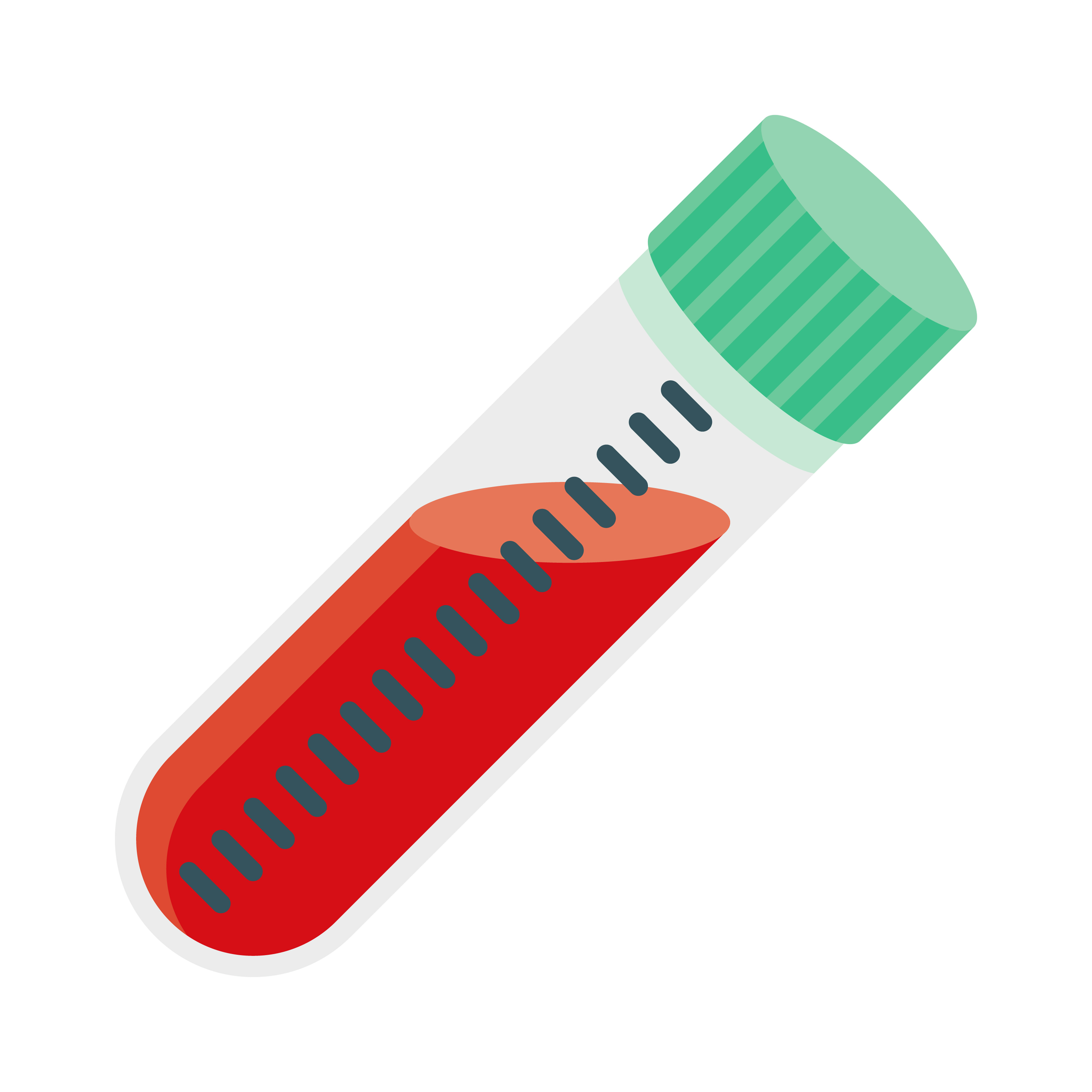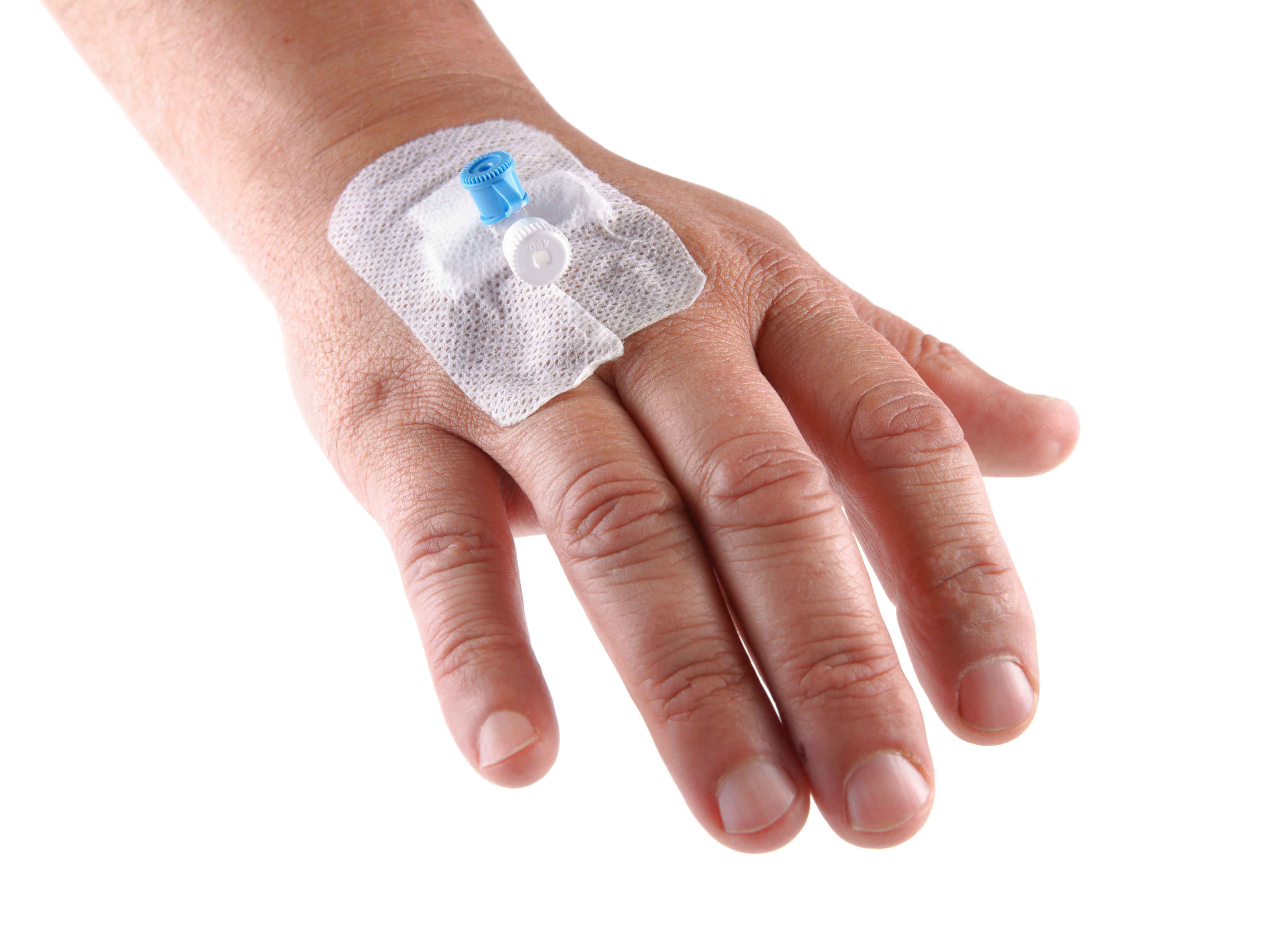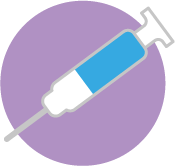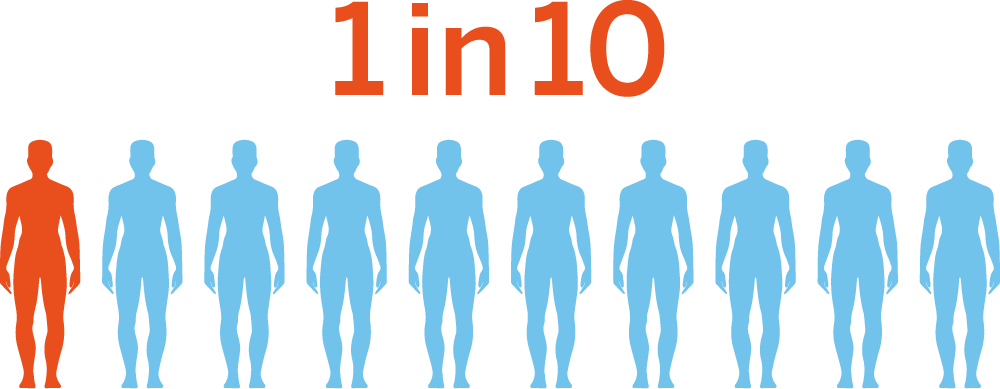Radium-223
A radioactive material injected into your arm to treat prostate cancer which has spread to the bones.

People who have advanced prostate cancer:
People who have advanced prostate cancer:




 If you are having hormone therapy injections, you will carry on having them.
If you are having hormone therapy injections, you will carry on having them. 


There is also the risk of dehydration. This means that your body does not have as much water as it needs. You may be losing fluid through sweat, vomiting, pee or diarrhoea. You will need to talk to your doctor if you get any of these symptoms:

Enjoying activities such as walking or going out to the pub
80 out of 100
Ability to make good connections with others
60 out of 100
Ability to reach sexual arousal, either physically or emotionally
60 out of 100
Knowing who you are and what motivates you
60 out of 100
Feeling good and functioning well in your personal and professional life
80 out of 100
Ability to think clearly, make good decisions, and cope with your emotions
80 out of 100
Feeling of constant physical and/or mental tiredness or weakness
80 out of 100